Slovak state-owned firm SPP said it is still receiving gas from Russia after Gazprom turned off the tap on gas heading to Austria early Saturday.
The country’s largest energy supplier added that others were buying even more.
"The situation when a large consumer stopped taking gas from the east, but the same volume flows through the territory of Ukraine, shows that there is still great interest in this gas in Europe," SPP said in a statement.
🧵RUSSIA HALTS GAS DELIVERIES TO AUSTRIA
Russian gas giant Gazprom shut off deliveries of natural gas heading to Austria starting November 16, Austrian energy company OMV stated.
The move came after Austrian energy company OMV announced that it would stop paying for deliveries… pic.twitter.com/29XyySXW6K
Austrian energy company OMV claimed it received a notification from Gazprom on Friday concerning the suspension of gas supplies starting November 16. The move came after OMV announced that it would stop paying for deliveries after winning a €230 million arbitration award from the International Chamber of Commerce (ICC) related to a contractual dispute with Gazprom.
Supplies for Europe remain at the previous volume of 42.4 mln cubic meters (mcm) per day for the Sudzha gas pumping station in Russia’s Kursk Region, a Gazprom representative told reporters on Sunday.
Austria was sourcing over 80% of its gas from Russia in July 2024. It is now expected to buy gas from Germany, which itself relies on more costly imports of liquefied natural gas (LNG) after shortsightedly rejecting Russia’s reliable and cheaper energy imports.
In the second quarter of 2024, Russia (16.8%) was the EU's second largest LNG supplier behind the United States (46.0%), despite the Europeans' self-inflicted efforts to phase out Russian imports.
After Russia cut off gas supply to Austria, it has continued to supply to Hungary and Slovakia. The sole route by which Russia can currently supply gas to Western and Central European countries is via the Soviet-era Urengoy-Pomary-Uzhgorod transit line across Ukraine. It brings gas from western Siberia via Sudzha in Russia's border region of Kursk. It then flows through Ukraine in the direction of Slovakia, where it branches off to Czechia and Austria.
The three Central European countries - Hungary, Slovakia and Austria - have resisted the EU policy, which demands its members wean off Russian natural gas supplies.
After Kiev announced it wouldn’t extend the transit contract between Gazprom and Naftogaz that expires at the end of 2024, Russian authorities said alternative routes could be used for supplies.

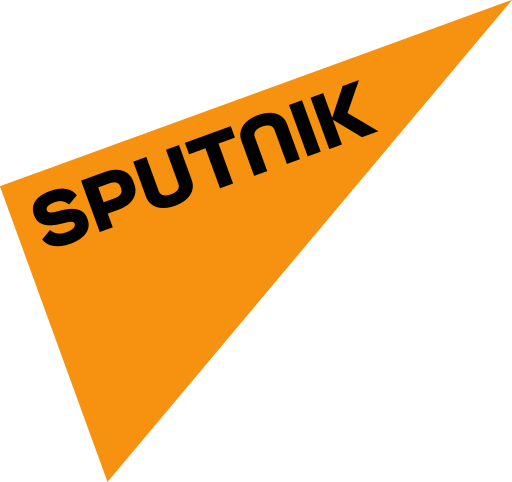 5 months ago
40
5 months ago
40
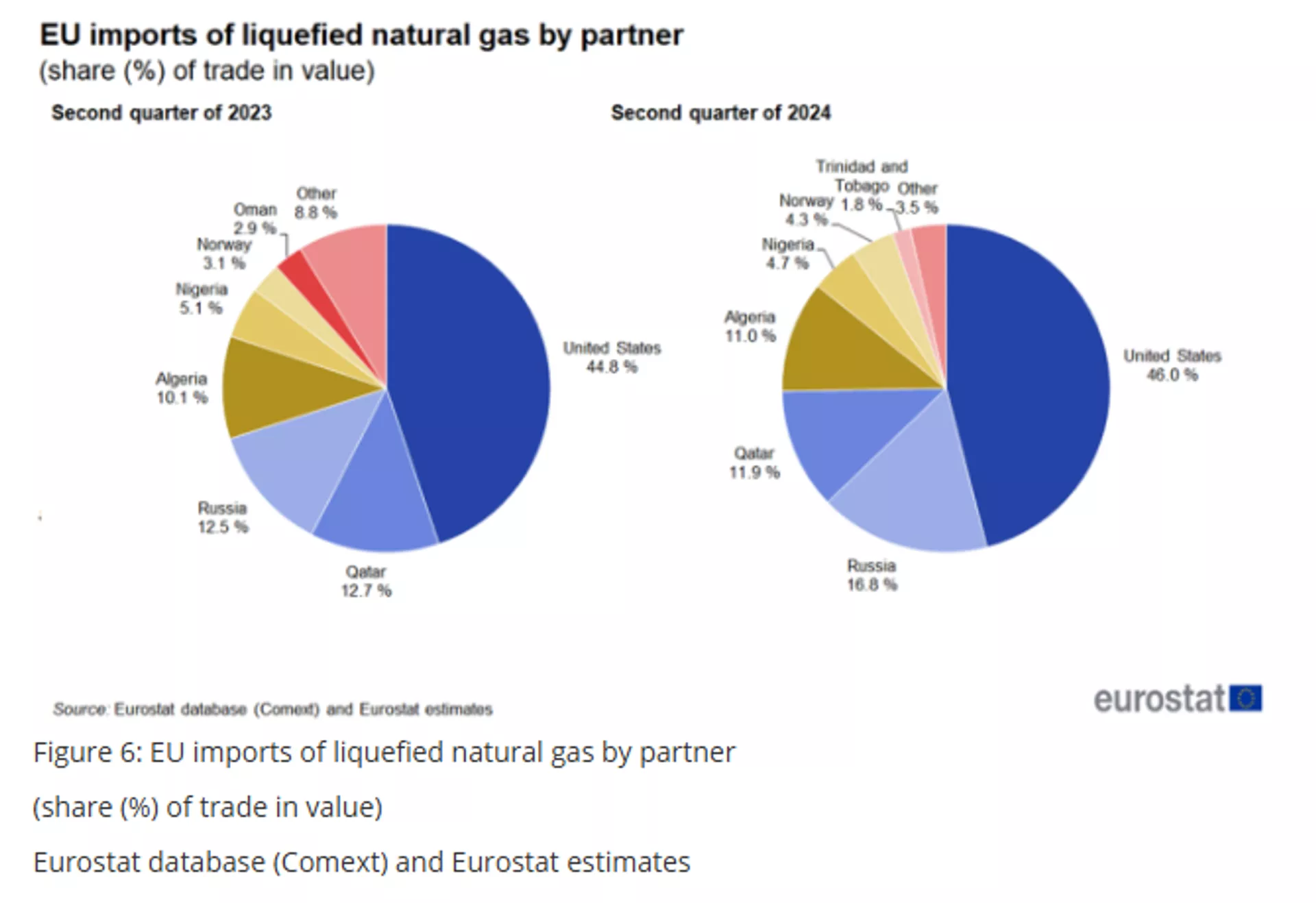
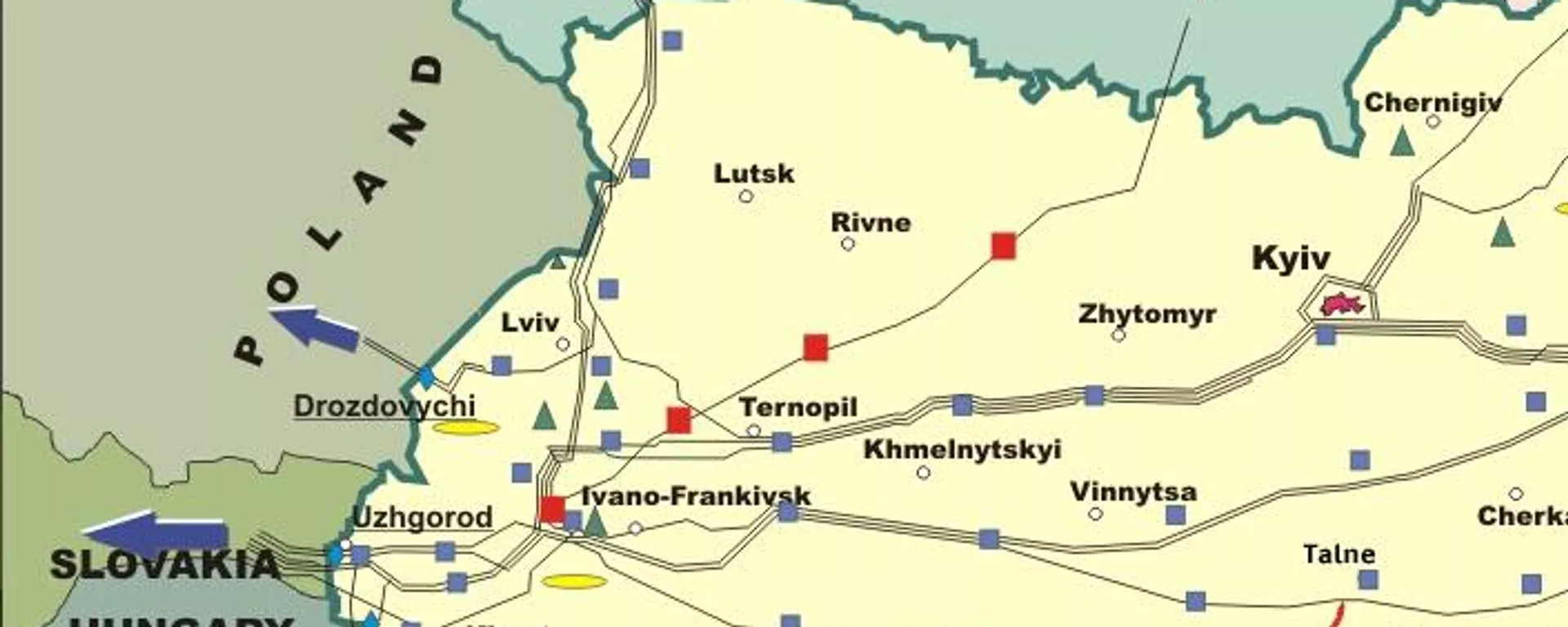
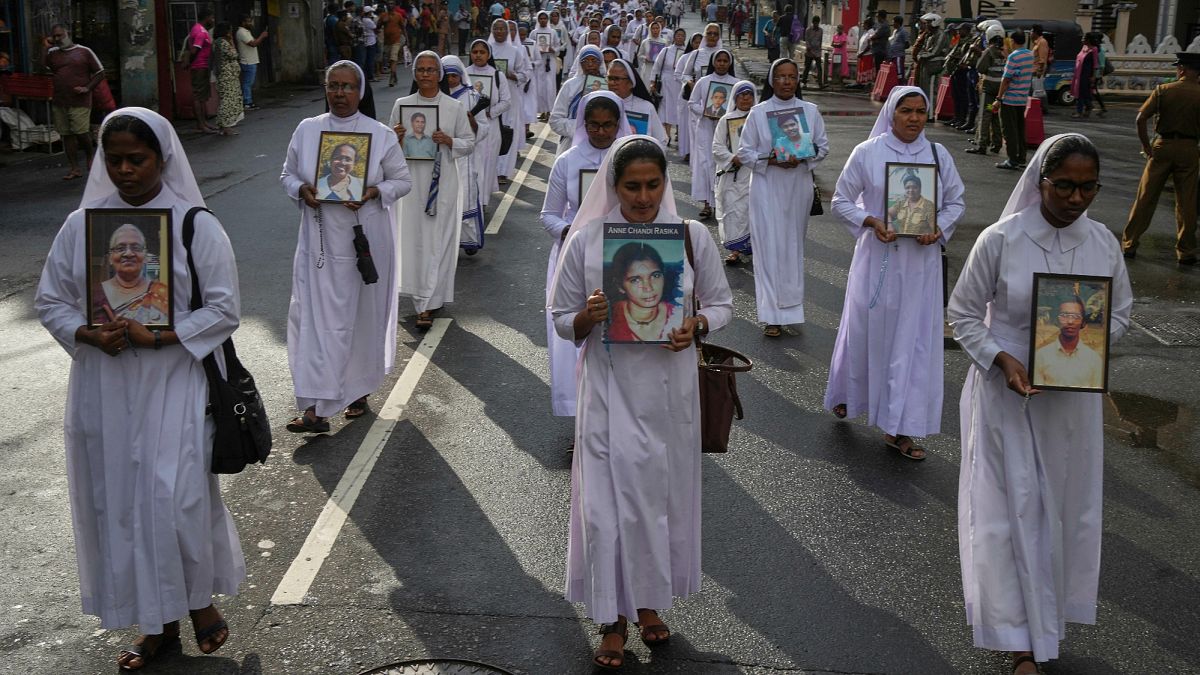

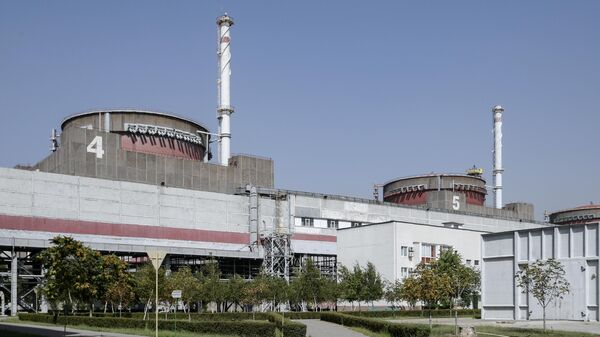

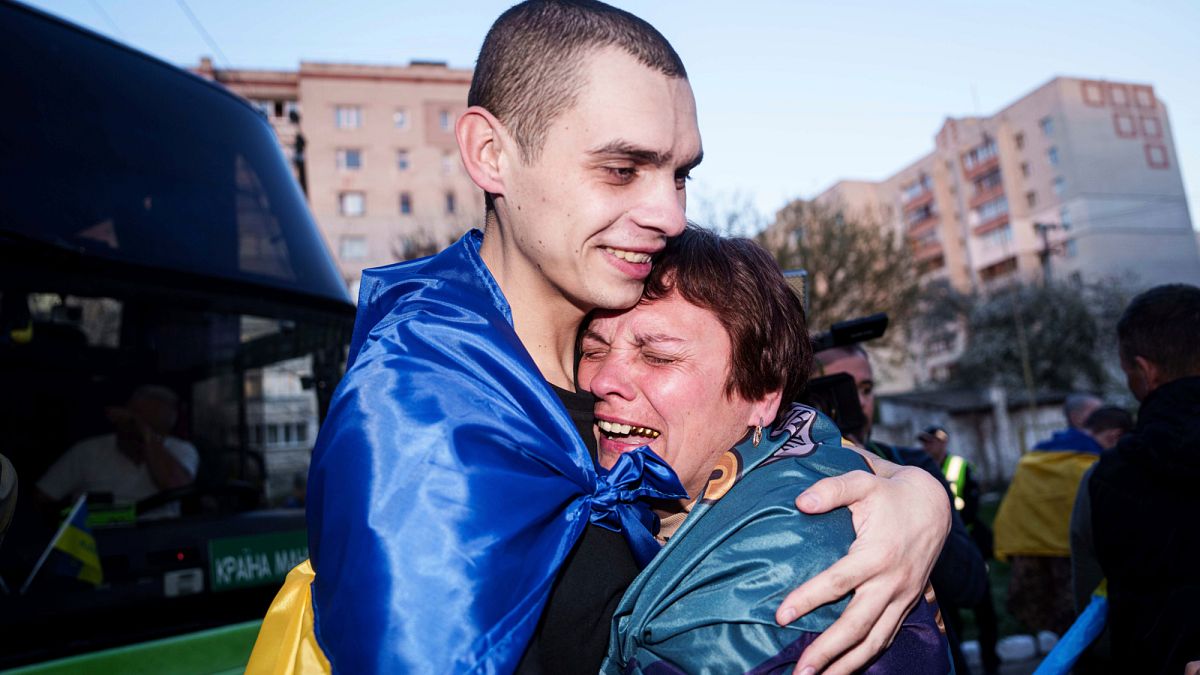
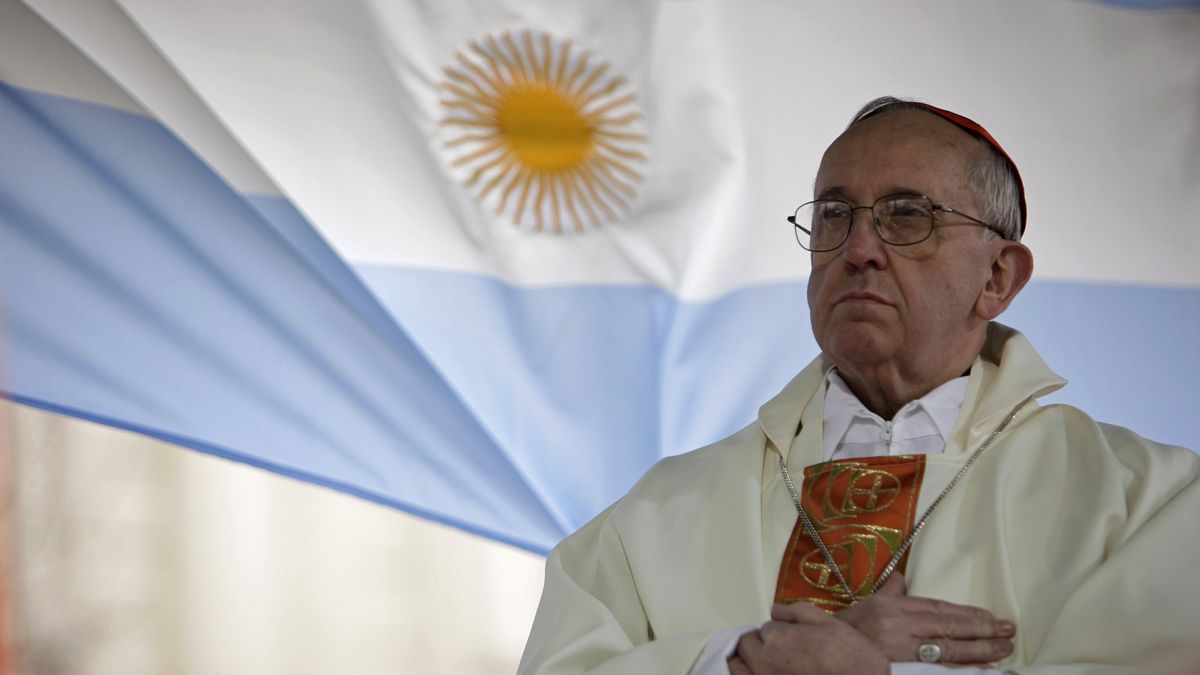
 We deliver critical software at unparalleled value and speed to help your business thrive
We deliver critical software at unparalleled value and speed to help your business thrive






 English (US) ·
English (US) ·